Police Violence and Male Violence
The missing dimension in conversations on American police brutality
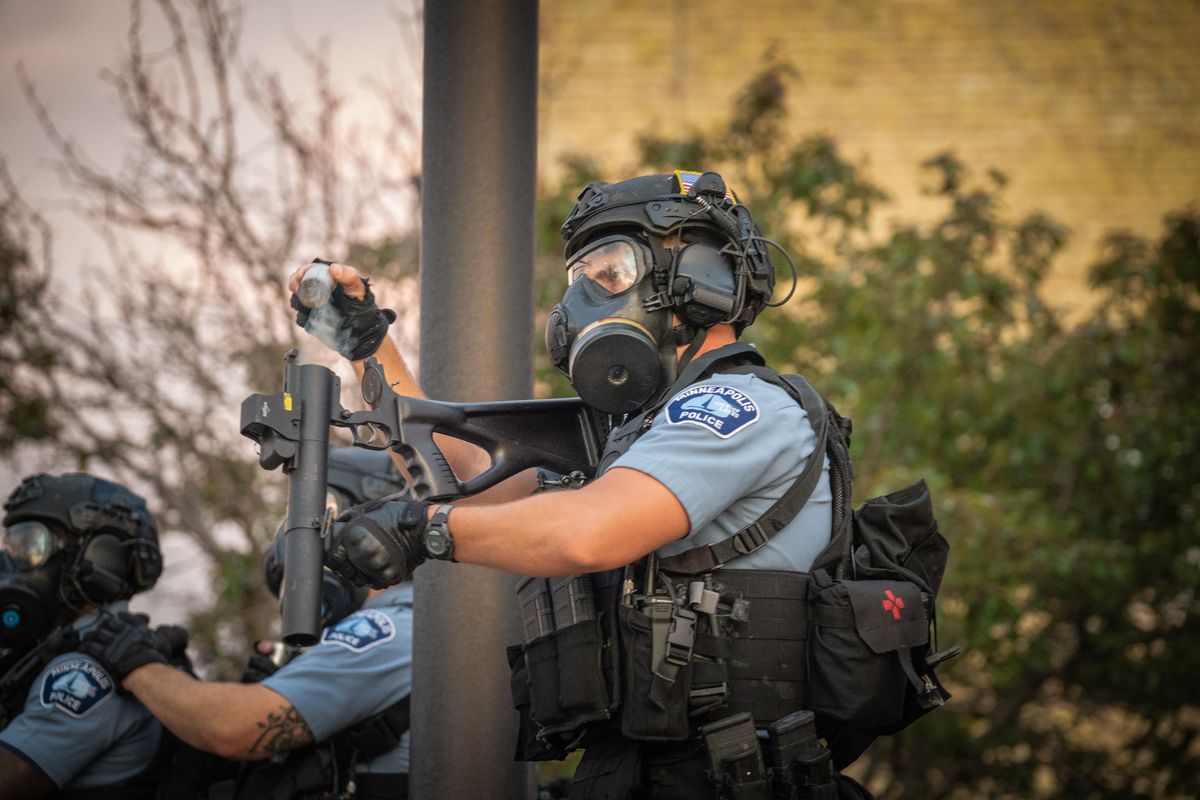
George Floyd. Ahmaud Arbery. Breonna Taylor. Philando Castile. Tanisha Anderson. Micheal Brown. Trayvon Martin. Eric Garner. Atatiana Jefferson.
All of these people had three things in common: they were black, they were murdered in America, and they were killed by men.
Not all of the killers in these circumstances were cops, like the three men who hunted down Ahmaud Arbery while he was out for a run. Not all of the killers were even white, like George Zimmerman or two of four cops arrested for the killing of George Floyd. But they were all men.
Policing in America is undoubtedly a product of white supremacy, but ignoring the ways in which police brutality replicates patterns of male violence means activists will fail to address the intersecting systems at play. Women, and especially black women, will continue to be hurt so long as this connection goes unspoken.
Police as a tool of white supremacy
I feel it is necessary to begin this article by acknowledging that policing in America was largely created to uphold white supremacy and capitalism, and there has never been any meaningful reform away from that initial goal. According to Connie Hassett-Walker, Assistant Professor of Justice Studies and Sociology, Norwich University, policing in the United States developed differently in the antebellum North and South.
In the South, police forces started as slave patrols in the 1700s—groups of armed white civilians “empowered to use vigilante tactics to enforce laws related to slavery.” These groups were tasked with hunting down escaped slaves, providing “a form of organized terror to deter slave revolts,” and enforcing the rules in individual plantations. The patrols were entirely made up of men. In the North, the day and night “Watch” was made of male volunteers tasked with keeping “order.”
"In the South, police forces started as slave patrols in the 1700s—groups of armed white civilians."
After the 1830s, as cities and towns grew, centralized police municipalities were formed. After the civil war, Southern police forces switched from policing slaves to policing the new Jim Crow laws with the goal of denying freed slaves equal rights. In the North, keeping the “order” largely meant quelling what were then known as “riots” among the working underclass. Today, those “riots” would be considered workers’ union strikes, according to Dr. Gary Potter of Eastern Kentucky State University. The police became increasingly focused on quelling worker strikes in the late 1800s.
Together, these two systems of policing converged to collectively target “dangerous classes” of people—the poor, immigrants, and free blacks.
The police essentially created a criminal class on behalf of the interests of the white mercantile class. This pattern still exists today, as police exist primarily to protect the interests of white communities, wealth, and male power.
THEY BEATING A 90 YEAR OLD WOMAN BECAUSE SHE WAS AFRAID THEY WOULD PUT BULLETS THROUGH HER GRANDSON... YET THEY CONTINUED TO ARREST HIM AND ASSAULT HER AS WELL... WHO ARE THESE POLICE SOMEONE FIND OUT!!
— 𝘀𝗮𝗺⁷₁₃ 𝗺𝗶𝘀𝘀𝗲𝘀 𝗷𝗶𝗺𝗶𝗻 ۵ (@PJMSTAYGOLD) May 31, 2020
pic.twitter.com/8jPNP0D7Gq
Police as a tool of patriarchy
Women of any race have never benefited from policing in any meaningful way. The police not only are unhelpful on the largest issues facing women—rape, domestic violence, and poverty—but actively uphold the systems that allow these issues to persist.
According to RAINN, 995 out of every 1000 accused rapists walks free (99.5%). The prevalence of false reporting for sexual assault, however, is somewhere between two and ten percent—meaning the overwhelming majority of actual rapists are getting away with zero consequence. In some cases, the victims themselves are the ones arrested.
"Between 24 and 40+ percent of police officer families experience domestic abuse."
Police officers, who are overwhelmingly male (88%) are not interested in helping victims of rape or domestic violence because the police force is full of rapists and batterers themselves.
Research has found that anywhere between 24 and 40+ percent of police officer families experience domestic abuse (compared to a rate of 10% in the wider population).
A motorist called police after seeing Kesha Gray, 29, being choked and punched by a man in an apparent domestic violence situation. After the man left the scene, @ShelbyTNSheriff officers arrived.
— Bishop Talbert Swan (@TalbertSwan) April 2, 2020
Gray refused to give her name or file a complaint, so they brutally arrested her. pic.twitter.com/qiA4hpJ8nh
Joseph D’Angelo, an experienced police chaplain, has described police officers as “addicted to violence” and argued that police culture contributes to domestic violence. “Officers learn to interrogate when suspicious, to intimidate when challenged, and to dominate when threatened.” Officers become so well-trained in tactics of coercion, control, and aggression that it becomes “second nature” to them. Anything in society that increases male power and violence should be seen as a threat to women.
Police officers often engage in the very sex offenses they are meant to be policing. Between 2005 - 2014, police officers in the US were charged with 462 counts of forcible rape, 705 counts of forcible fondling, 206 counts of statutory rape, and 250 counts of forcible sodomy (anal sex), and 1,008 instances of other sex crimes including incest, prostitution, and soliciting of minors. This means that a police officer is charged with a sex crime seven out of every ten days of the year in the United States. (For comparison, police shoot a black person to death six out of every ten days).
"A police officer is charged with a sex crime seven out of every ten days of the year in the United States."
These numbers only include the police officers that were actually charged in the sex crimes. Most cases of police sex offenses likely go unreported since victims fear reporting to colleagues and friends of their assailants. If actually reported, there is an even lower chance the case will be pursued. For example, while the San Diego City Attorney typically prosecutes 92% of domestic violence cases, only 42% of the cases involving a police officer as the perpetrator are prosecuted—less than half. Officers with sustained allegations against them rarely face any disciplinary action, and are often promoted—even within the same year of the allegation.
These crimes often occur while the officer is on duty, armed, and in uniform. This happened to Anna Chambers, a young woman who was raped by two on-duty officers at the age of 18 while being detained in 2017 for a drug offense. The officers plead guilty, but served no jail time. The judge in the case argued that Chambers was attempting to “bribe” the officers with sex.
In 35 states, police can still legally claim that a detainee consented to sex—meaning the rape of women in those states by officers on duty would not be counted in these statistics in 70% of states. The true scale of sexual violence committed by police officers is unknown.
Black women and girls face an increased risk of sexual assault by police officers. In the case of Daniel Holtzclaw, a police officer who was found to have raped 12 women and one girl, 12 of the victims were black. However, the race of victims of police violence is not always reported, so the plight of black women and girls remains invisible in the data. “Police throughout the country rape Black women and girls.” reports Michelle S. Jacobs, “There is no area of the country where women and girls are not raped by the police… The identity of these women and girls is often hidden.”
The officer sexually assaulted her. Then because she naturally pushed him away he & the others used that to escalate physical force against her. How can women be expected to go to police to report sexual assault when this happens? pic.twitter.com/610BsIke4Z
— Suzanne 💫 Lifelong Democrat (@kilonova_gold) June 5, 2020
Women, especially women of color, are often policed for actions taken in self-defense against male violence.
In discussions around police force abolition, the conversation almost inevitably ends up at, “But what about the rapists?”
The police are the rapists. There is currently no protection in the United States for women and girls from male violence, beyond the organizations, community, and familiar systems of support we have built up ourselves.
"Groups without power who seek to gain it will be inherently at odds with the police."
Since the primary directive of the police force is to maintain “order,” or uphold the current social status quo, the police are no friend to any marginalized group fighting for justice, including women. Since women do not hold systemic power, any attempt to gain power on behalf of women is a violation of social “order,” and will be quelled by the police—as is currently happening in protests for the lives of black Americans across the country. For black American women, this is doubly true.
In fact, throughout history the police have been used to stamp out feminist resistance, gender non-conformity, and homosexuality. The police are a tool of the patriarchy just as they are a tool of white supremacy. More generally, they are a tool of Power. Groups without power who seek to gain it will be inherently at odds with the police.
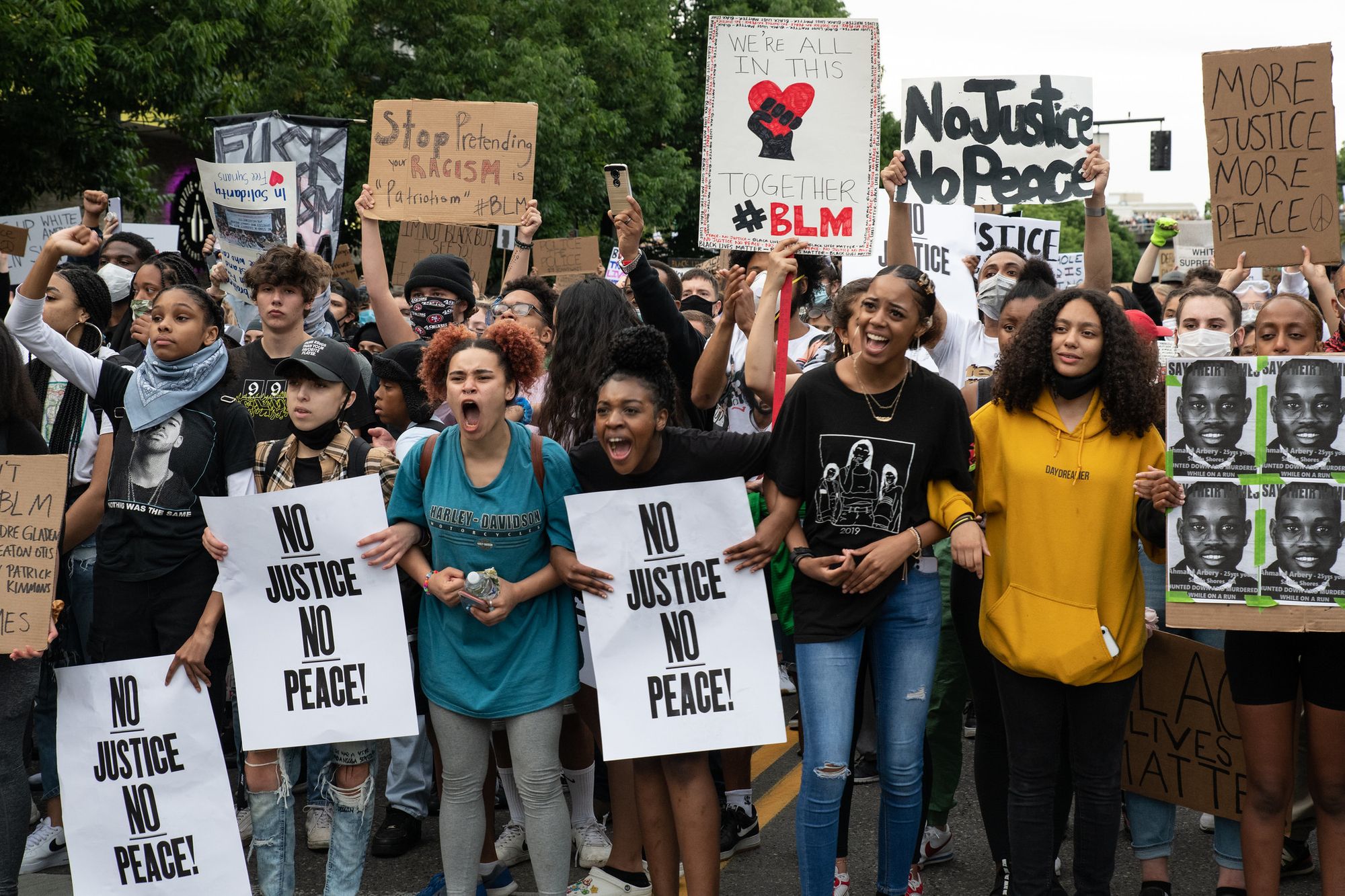
Police brutality is male violence
In recent memory, the only woman involved in a high-profile killing of a black American was Alicia White, a black police Sergeant who was one of six officers charged in the killing of Freddie Gray in 2015. White was accused of not calling for medical aid for Gray when it was requested. (None of the officers in this case were found guilty).
Most research on the use of excessive force in policing supports the theory that women are less likely to use excessive force than their male counterparts (although, not all). In 2002, The National Center for Women & Policing found that male officers were over eight times more likely to have an allegation of excess force sustained against him. Research in 2008 replicated this finding, reporting that race (white), sex (male), lack of a college degree, and previous history of firing a weapon on duty were all predictors of use of excessive force.
"Male officers were over eight times more likely to have an allegation of excess force sustained against him."
The same year, another study found that female officers and female-female officer pairs were less likely to use force and more likely to engage in “underpredicted policing”, or using less force than the situation called for (according to traditional models of policing). However, this under-use of force did not result in increased officer injury, suggesting that the traditional (male) model of policing over-predicts how much force is required in given situations.
This under-use of force isn’t because female officers are less likely to experience violence on the job. The same study found that there was “no evidence supporting the proposition that citizens used less force against female officers compared with male officers.” On domestic violence calls, in particular, the opposite was true. Female officers faced more violence from citizens than their male colleagues.
Female officers are actually under-represented in citizen complaints overall, not just in complaints of excessive force. Male officers are twice as likely to be named in all citizen complaints. Overall, female officers are as effective as their male counterparts, but manage to do the same job with less violence.
"Police officers only receive eight hours of conflict management training on average."
None of this should be surprising to feminists. While police officers only receive eight hours of conflict management training on average, women have an entire evolutionary history of adapting to avoid male violence. Violence is an overwhelming male issue—whether in the home, on the streets, in war, or in targetted discrimination against marginalized communities.
Conversations about police brutality often center men because the overwhelming majority of victims of police brutality are men. However, this ignores many ways in which women, and black women in particular, are specifically targeted. While the number of cases of police brutality is increasing overall, it is increasing nearly four times faster for female victims than male victims.
How many cops does it take to beat up one woman?#PoliceBrutality pic.twitter.com/TCSNtPMMLA
— David Leavitt (@David_Leavitt) June 5, 2020
It is often black women and girls who are being targeted. “Grandmothers and granddaughters are killed,” writes Jabobs, “Black babies and fetuses are put at risk. Black women who have friends who talk too loudly are killed. Black women who violate gender norms are killed. Black women who drive are killed. Law enforcement can erase the life of a Black woman with ease and very little accountability.”
Liberal feminism’s shortcomings
Feminists must recognize policing as a feminist issue, not just an issue we should support out of anti-racist solidarity (although, this is also true). It is undeniably an issue of male violence, and the police as a whole do not exist to support the needs of women any more than it does black Americans. An aggressive, powerful, and armed group of men with essentially zero accountability and a mandate to uphold “order” is a threat to the very basis of feminist resistance.
Liberal feminism has long recognized the “intersectional” approach, but rather than dealing with the two-dimensional risks of white supremacy and patriarchy in policing, white liberal feminist resistance to the police brutality has continued to prioritize the male perspective in protests. Trading the white female perspective for the black male one is not “intersectional” or “feminist.” Black women are still left out of the conversation, even as they are screaming to be heard.
"Women are blamed for everything."
Black men using sexism and patriarchy to advance their own cause should also be derided by feminists, even as they are correct about the racism they experience. The trend of blaming white women for racist acts of violence committed almost unilaterally by white men shows that women in general are simply an easier target for male outrage. Black men lack the systemic power to direct their rage at white men, so they direct it at white women. White women are forced into submission out of legitimate fear of male violence, the same legitimate fear of male violence that prompted those “white women’s tears” in the first place.
That woman may have white privilege, but being able to walk up to someone like that, demand their submission, and get full compliance... that is male privilege.
— M. K. Fain (@mkay_fain) June 3, 2020
Men just want an excuse to see women on their knees.https://t.co/1UYaGsfQpD
On a whole, men of all races are a threat to women of all races, while women of any race are a threat to no men of any race. If a white woman wished to enact racist violence on a black man, she would have to call a man (like a cop) to do it. This is racism, and it is also male violence. If male violence didn’t exist, “white women’s tears” would not be considered a threat. Women are blamed for everything.
Male-led “progressive” or “leftist” organizations like Antifa which aim to replace the current system of policing with a community system of justice are doomed to fail women in all the same ways. Antifa has just as little interest in protecting women as the police do. They are a group organized entirely around patterns of male violence.
On the flip side, “carceral feminism,” or feminism which relies on the justice system to end violence against women, is also doomed to fail given the current state of policing. Mimi Kim wrote about this in 2018, describing how white feminist campaigners in the 1980s tapped into a rising concern over crime to have their anti-violence needs addressed. This came at the detriment of communities of color. Kim, along with many leftists, proposes restorative justice or transformational justice as an alternative to criminal justice.
"Ignoring the patriarchal aspect of policing is as flawed as ignoring the racism in the system."
Yet, in my personal experience, these systems also fail under the same condition—being led by (or even including) men. I have personally watched community solutions such as these fail women of color when they are victims of sexual assault.
Feminists must lead the way in conversations on police reform or alternatives and fight the sexism present in the anti-racism movement. Women are, at half of the population, the largest group put at risk by the modern police force. The anti-violence needs of women may not be met by the same solution as the anti-racist needs of communities of color. This must be addressed, and may involve women creating separate solutions to address male violence themselves (like rape crisis centers have been doing for decades).
Ignoring the patriarchal aspect of policing, as is currently happening in mainstream liberal discourse, is as flawed as ignoring the racism in the system. Both are central to the institution. Both must be destroyed.
The generous support of our readers allows 4W to pay our all-female staff and over 50 writers across the globe for original articles and reporting you can’t find anywhere else. Like our work? Become a monthly donor!
Enter your email below to sign in or become a 4W member and join the conversation.
(Already did this? Try refreshing the page!)

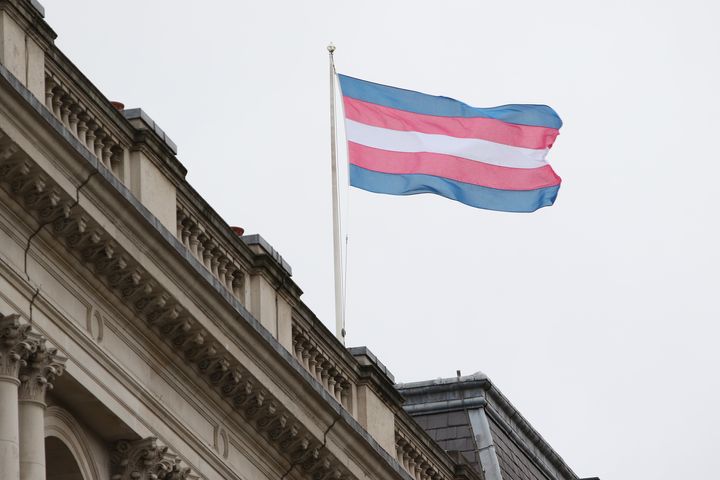
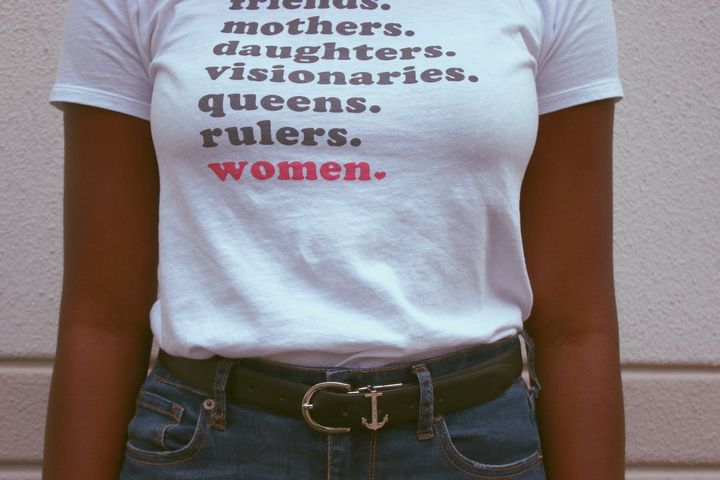

Comments